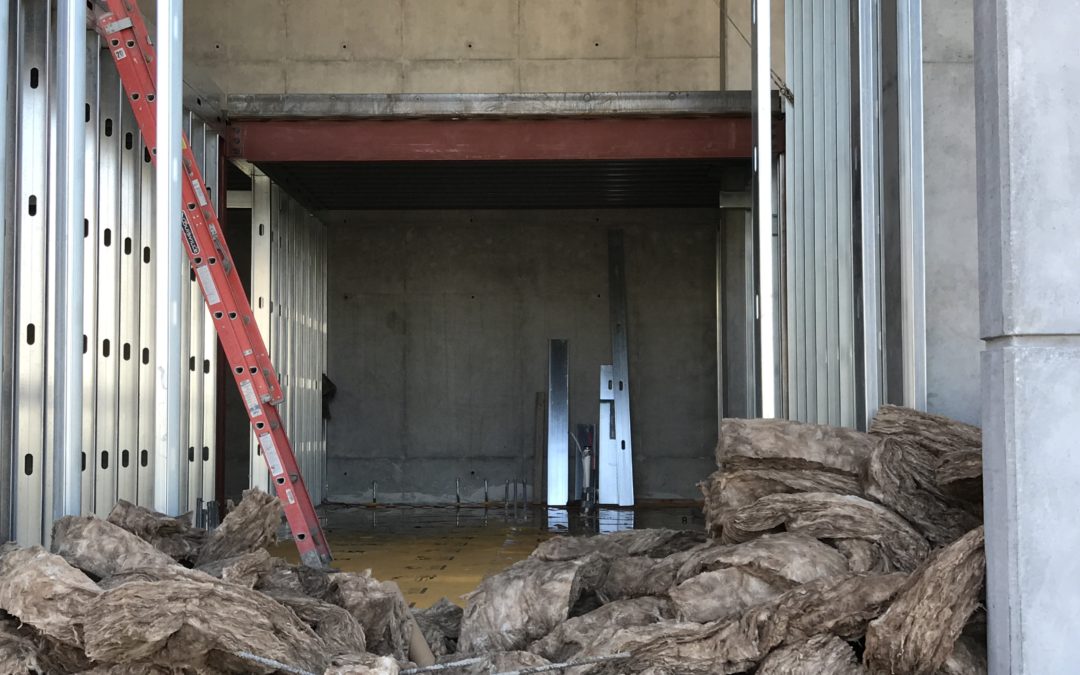Late final yr BCSA revealed its 2050 Decarbonisation Roadmap that units out how the UK constructional steelwork sector will transition to net-zero by 2050. It can be a posh journey involving a various mixture of progressive applied sciences and relies on six decarbonisation methods, or ‘levers’, that the sector will develop and deploy concurrently. But, it’s achievable and
exhibits how a genuinely round and sustainable net-zero carbon structural metal sector can be in place by 2050, with substantial progress achieved by 2030. It was good to finish the yr on such a constructive notice with hope for the long run, notably after the yr we’ve all simply had.
One of these ‘levers’, and one which has the potential to ship a fast win, is bettering design effectivity, with a carbon discount goal of 17.5%. In this point in time, with 3D design engines and a fiercely aggressive market, it appears unusual to suppose that our constructions are over designed by 17.5%. But there are actually issues that may be improved equivalent to lowering over-specification of design hundreds, optimising part sizes and utilizing S460 metal the place applicable.
What this ‘lever’ is certainly not about is absolute minimal weight design. As we have now recognized for years, minimal metal weight doesn’t equal minimal value, and the identical goes for carbon. If you slim your sections down an excessive amount of, then connections grow to be complicated and extra short-term works are required for metal erection, costing more cash and carbon – a degree I made in my column final time.
What this ‘lever’ is about is carbon-optimised design or design for sustainable development, a holistic strategy to minimise total carbon. With this in thoughts, BCSA and SCI are at present engaged on a brand new design information that units out all the points to contemplate with a view to obtain an optimised design.
I look ahead to studying that publication, however what I do know can be required for optimised designs is time, extra time for designers to suppose by way of the problems and think about the implications of design selections on serviceability, constructability, adaptability, longevity and potential for reuse and recycling.
Today, even with e mail, extranet websites and BIM, many tasks undergo from a scarcity of well timed and full info, which impacts on the quantity and worth of variations usually at a late stage. This tells me that designers want extra time from their shoppers already, even earlier than we begin enthusiastic about reaching carbon-optimised designs. We all know that late design modifications have a disproportionate impact on value, however the identical goes for carbon by way of wasted fabrication, inefficient transportation and disrupted erection sequencing.
So, as I look ahead to 2022, with some optimism as a result of buoyant state of our trade, I’ve three needs for the development genie. Firstly, all of us need to minimise carbon on our tasks, so shoppers please permit our designers the time to attain that. Secondly, designers, please use that point correctly when optimising your designs, and suppose how your design can be constructed. Lastly, please interact with steelwork contractors and different related Tier 2 contractors early within the design course of, as I see that as important to attain carbonoptimised designs.
Happy New Year to you all.
The publish Presidents Column January 2022 appeared first on BCSA.

